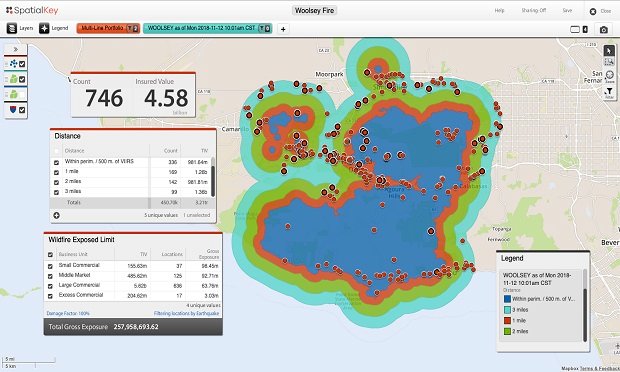One of the advantages of using analytics for P&C insuranceis the ability to more effectively create a rating structure or tobetter price premiums for a given policy. But challenges remain onhow to build the best tools in this area, particularly in thedevelopment of multivariate analysis (MVA) tools.
|In other disciplines, such as marketing and credit card risk,the use of predictive analytics and associated MVA tools has becomecommon. But implementation challenges exist within the P&C industry,despite the fact that actuaries all have strong mathematicalbackgrounds. Why the disconnect?
|The answer to this dilemma is not the mathematics beingemployed, but rather a lack of knowledge in using the data in theright manner to take full advantage of these techniques. In orderto fully leverage the results of any MVA tool, hundreds ofthousands of individual policy records with several hundredvariables per policy need to be created, which is the core skillset of the data miner.
|Since data mining is relatively new, not all actuaries have beentrained appropriately in this area. Certainly the academic trainingthat actuaries receive regarding mathematics and statistics isapplicable for data mining. However, the most important componentof this field—and arguably the one that is veryresource-intensive—is the data environment. Unless one can createthe right data environment for this kind of analysis, the useof MVA-type techniques is not going to deliver superior resultsover current pricing techniques.
|Recognizing that there is a potential knowledge gap amongstactuaries within this area, many leading-edge organizations arerealizing that success can only be achieved if there is a strongcollaboration between data mining practitioners and actuaries.
|Data mining practitioners will never have the domain knowledgeand expertise of actuaries within the insurance risk area. This isparticularly important if insurance rates need to be filedaccording to government regulations. The actuary's mathematical andinsurance-sector knowledge provides the credibility that allows acertain rating structure that is acceptable to the regulators.
|However, the use of MVA tools, which are the traditional domainof data mining practitioners, allows organizations to furtherimprove their rating structures. MVA techniques are not new toactuaries, but how one creates the necessary data environment isnot within the realm of their expertise.
|By relying on the expertise of data mining practitioners, MVAsolutions can be produced that more fully leverage this dataenvironment. At the same time, these solutions can be tempered ormodified based on the actuary's knowledge of what is acceptable tothe regulators given the current insurance climate.
|In a sense, the final pricing or rating solutions require ateam-based approach between data miners and actuaries. This impliesthat data mining practitioners better understand the filingmechanisms of actuaries, while actuaries must have a betterappreciation of the data environment and how it is critical indelivering an optimal MVAsolution.
Want to continue reading?
Become a Free PropertyCasualty360 Digital Reader
Your access to unlimited PropertyCasualty360 content isn’t changing.
Once you are an ALM digital member, you’ll receive:
- All PropertyCasualty360.com news coverage, best practices, and in-depth analysis.
- Educational webcasts, resources from industry leaders, and informative newsletters.
- Other award-winning websites including BenefitsPRO.com and ThinkAdvisor.com.
Already have an account? Sign In
© 2024 ALM Global, LLC, All Rights Reserved. Request academic re-use from www.copyright.com. All other uses, submit a request to [email protected]. For more information visit Asset & Logo Licensing.








